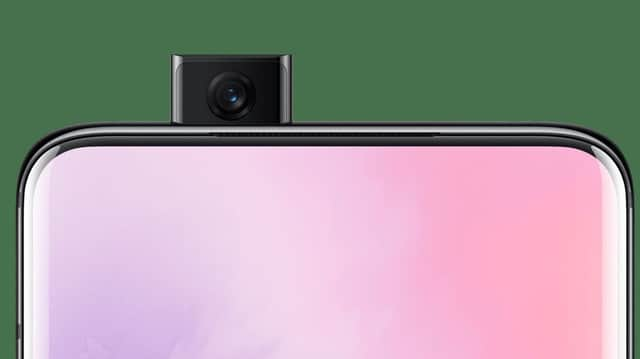Do you need a pop-up lens on your next phone?


But since any device more than around six-and-a-half inches is too unwieldy for most people to operate one-handed, manufacturers’ attention has been focused on developing bigger displays without increasing the size of the casing.
They have done this by reducing the amount of wasted space around the edges. The black bezel that used to contain the navigation buttons, microphone and camera lens has shrunk away to almost nothing.
Advertisement
Hide AdAdvertisement
Hide AdBut the lens – the front-facing one used for selfies – has to go somewhere, and the trend until now has been to nestle it in a “notch” cut out of the top of the screen.
But even this is now deemed too intrusive, and the pursuit of a display that fills every available millimetre of the phone’s front face has given rise to a new phenomenon – the pop-up camera.
The £200 Huawei P Smart Z is among the new, mid-range handsets to sport one of these, and in a way it’s a throwback to the days of those 21in TV sets. It takes the form of a small, plastic rectangle that pops out of the top of the phone when you press the shutter button – rather like the flashbulb holder on an old Kodak Instamatic.
But is it an aid to better photography, or just a gimmick? The latter, I’m afraid. And because pop-up mechanisms are by definition mechanical, they serve to make the phone more sensitive to damage, should you drop it.
Advertisement
Hide AdAdvertisement
Hide AdOnePlus, another maker of affordable handsets, has incorporated sensors which it says will detect when the device is falling, and force the lens to retract into the body – a process that takes about half a second. This has been lab tested, OnePlus says, but few of us use our phones in laboratory conditions, so it’s not something you would want to try at home.
Other makers have taken the idea further still, building in magnetic sliders that extend the height of the entire handset when you press the button. The £290 Xiaomi Mi Mix 3 is among the phones to do this, and Xiaomi claims the mechanism will work like new even after 300,000 “intensive test slides”. The full-width arrangement – a little like the Nokia C6 of 10 years ago, on which the screen slid up to reveal a physical keyboard below – means there is room for dual lenses. And while this does make for better portraits of yourself, you’d have to be a serious narcissist to get any value out of it.
The £450 Samsung Galaxy A80 has a similar arrangement, except that when the lens unit is raised, it spins on a horizontal axis to the front or rear. This means you have the same, high-specification camera any way you hold it, but the mechanism is slow and the phone itself relatively heavy and bulky.
Apple was rumoured to be toying with a pop-up mechanism on the iPhone 11, but it was absent when it made its debut last September. The £1,050 iPhone 11 Pro does, however, boast separate wide, ultra wide and telephoto lenses on the back (not the front), which is a far better option for taking creative pictures.
Advertisement
Hide AdAdvertisement
Hide AdYou can tell at a glance which phones have concealed front lenses simply by looking for the absence of a tell-tale cut-out at the top of the display. Unless these notches are a source of particular irritation to you, there is no reason not to simply live with them.